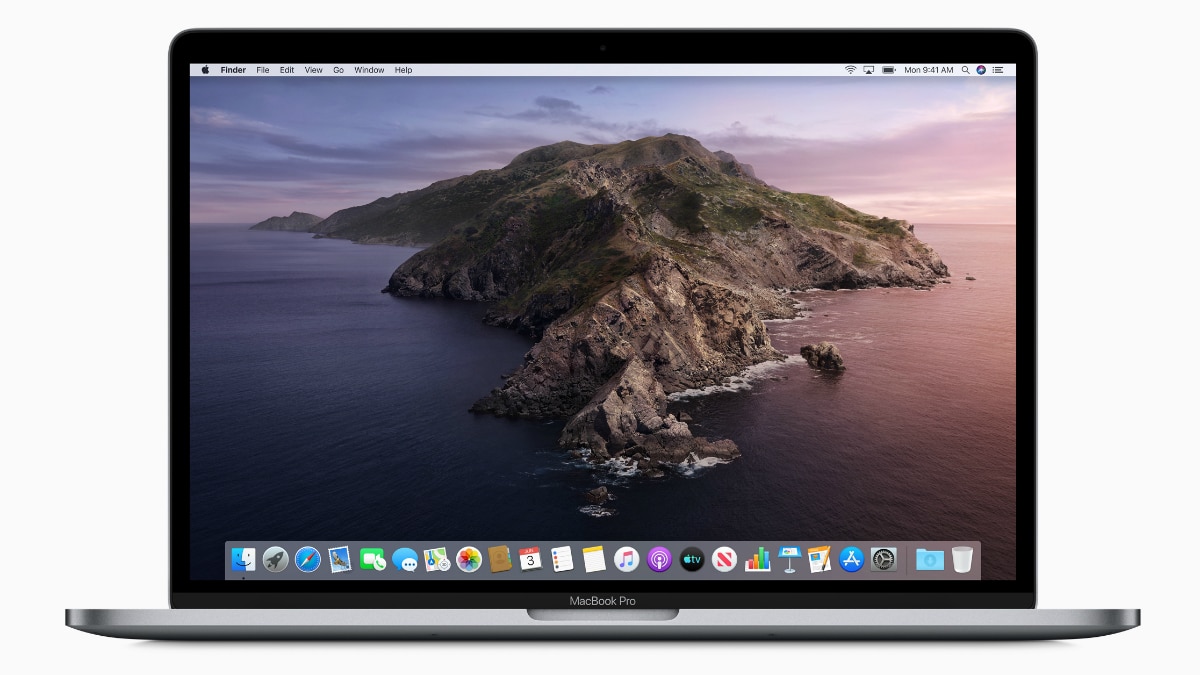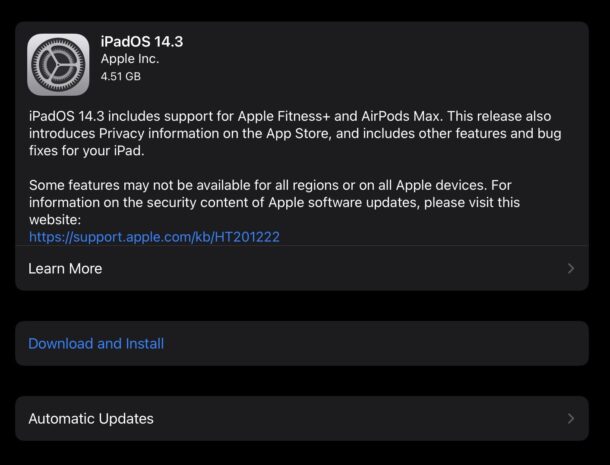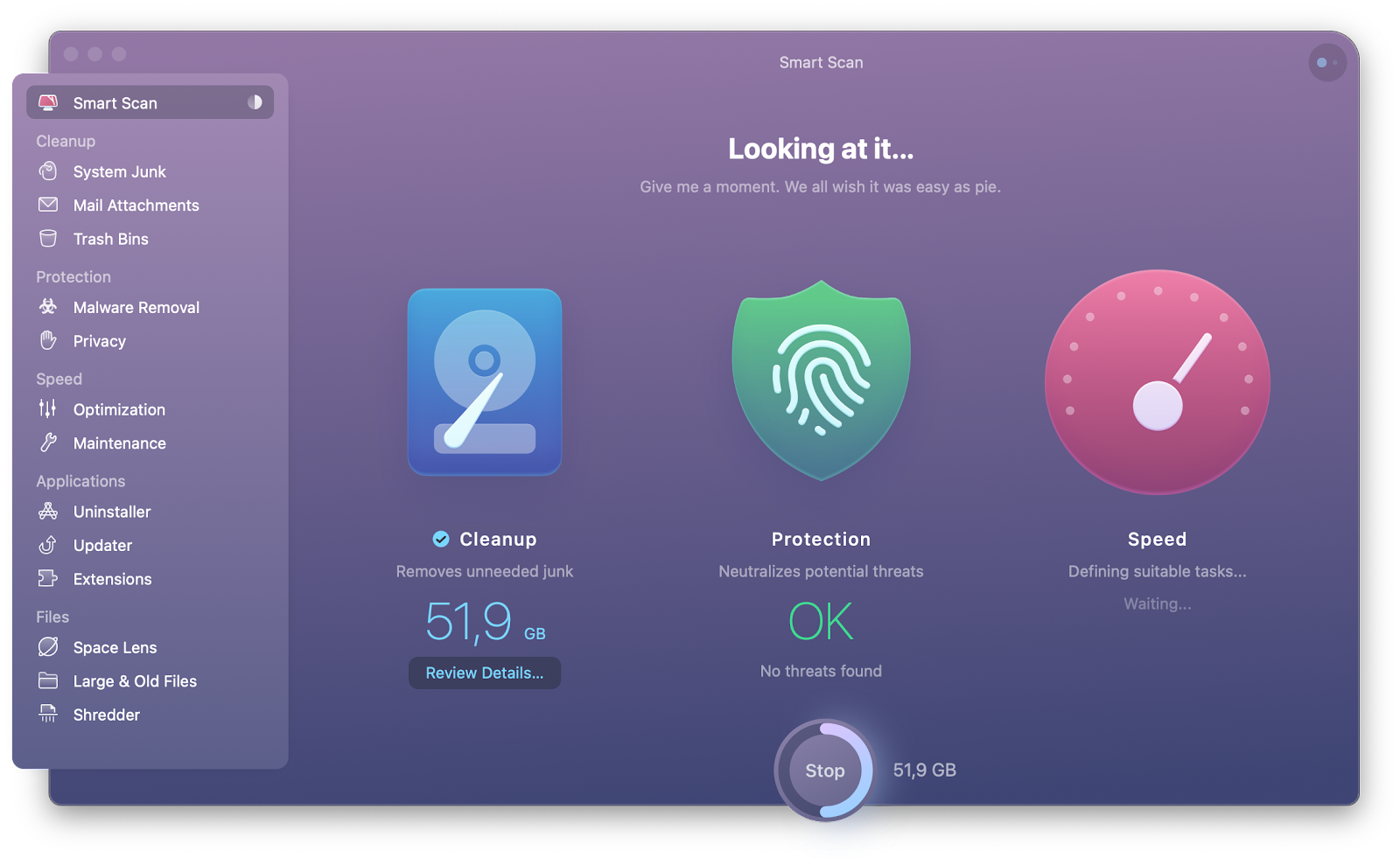- Manually Install Catalina Mac
- How To Install Catalina On Virtualbox
- Manually Install Catalina Free
- How To Install Catalina On Unsupported Mac
macOS Catalina is Apple's next-generation desktop operating system that comes with tons of improvements and new features. In reality, Catalina is not a significant update over Mojave, but it has a few cool things that we have been demanding for years. macOS Catalina has been available for testing purposes for months, giving users a glimpse of what's including in the final release.
As a beta form, macOS Catalina is still a little bit buggy, but it is still worth your time. If you are thrilled to test out its new features, then you can make a clean install of macOS Catalina manually, which is more challenging than official upgrade. Following this method, all of your data will be wiped and you can set up your Mac as a new device. So, it's a good idea to have a recent backup of your machine before moving ahead.
Manually install Clover for UEFI booting and configure boot priority with EasyUEFI in Windows This tutorial will show how to manually install Clover in the EFI system partition of a pre-existing install of UEFI Windows. In the process, you will also learn how to mount the EFI partition and add Cl. Step 8: Install – macOS Catalina Hackintosh Installation Walkthrough. The next step is to install macOS and then after copy the EFI folder from your flash drive’s boot partition over to the boot partition of the drive macOS is installed on. If you need to walked through the install follow: Catalina Clover Walkthrough 10.15 Install. The latest MacBooks are compatible (Image credit: Apple) 1. Check your device is compatible. Before you download and install macOS Catalina, you'll need to make sure that the Mac or MacBook you're. 1) Completely uninstall php, httpd (apache), and delete xdebug files (if you had them already installed): $ brew update $ brew upgrade $ brew cleanup $ brew list grep php. Find whatever versions of php you have installed based on the brew list command then uninstall them, e.g.: brew uninstall -force php72.
Part 1: Download macOS Catalina Public Beta
Official system upgrade is still not available for Mac users currently so you have to download the macOS Catalina DMG and make a bootable USB for installation. For official upgrade, the process is so much easily, which only takes for 3-5 clicks and wait for the upgrade to be completed. However, in this case, it is more harder for manually installation.
Step 1:Go to Apple Beta Software Program and sign in with Apple ID. You have to agree the terms before proceeding.
Step 2: The next step is choose the beta program you want to enroll. Choose macOS this time. After that, you backup the Mac with Time Machine.
Step 3: Download macOS Public Betat Access Utility, which reuqires time machine devcie to be connected. This makes sure all your data is safe place. Install the utility and complete the enrollment.
Step 4: Go to SystemPreferrence -> Software Update and click Download button to download the release.
Part 2: Create a Bootable macOS Catalina USB Install Drive
Before we begin, make sure you now have a USB flash drive by your side. We recommend you get a USB flash drive with a USB-C port. That makes sense, seeing that all Mac models now support Thunderbolt ports (USB-C).
Method 1: Terminal (Mac Only)
Step 1: Once the download is complete, the installer should automatically fire up. From here, just close the installer on your Mac and proceed with the next steps.
Step 2: Launch Finder, then select Applications, and right-click the Install macOS Catalina Beta file you downloaded earlier.

Step 3: From here, select Show Package Contents from the drop-down menu, then open Contents and hit Resources.
Step 4: Open Terminal, then enter sudo and hit the Space key. After that, drag the macOS Catalina installer file and drop it into Terminal.
Step 5: Enter –volume in Terminal and hit the Space key. Now, head over to Finder >Go >Go To Folder. From here, enter /Volumes in the 'Go To Folder' section and hit Go to proceed.
Step 6: Connect your USB drive to your machine and it should show up in Finder (in macOS Catalina, Apple removed iTunes in favor of 3 separate apps; Apple Music, Apple Podcasts, and the Apple TV app).
Step 7: Move your USB flash drive into Terminal and hit the Return key. Input a 'y' and proceed with pressing the Enter key. This will move macOS Catalina installer files to the USB flash drive (the process may take several minutes).
if you encounter any problems during the process, try formatting the USB drive to APFS.
Manually Install Catalina Mac
Method 2: UUByte DMG Editor (For PC and Mac)
It is a much more complicated process when using Terminal app. If you don't like or do not have a Mac at hand, then UUByte DMG Editor is the best solution out there. It works on PC and Mac. Also, it has a GUI and easy to get started for creating bootable macOS Catalina USB installer.
Step 1: Download macOS Catalina DMG file from here.
Step 2: Install UUByte DMG Editor on a Windows PC or Mac and insert a USB drive after that.
How To Install Catalina On Virtualbox
Step 3: Click 'Next' button at Burn column and you will be lead to a new window. From there, please import macOS Catalina DMG file into it and select the USB drive.
Step 4: Click 'Burn' button and wait for about several minutes. Then you will get a bootable macOS Catalina USB drive.
Part 3: Boot Mac from USB and Start Installing macOS Catalina
Once you have a bootable USB install drive for macOS Catalina, you now can boot from it and then start installing macOS on your mac and set up it as new.
Step 1: Connect the macOS Catalina USB install drive to your Mac and then reboot your machine.
Step 2: Hold down the Option key. Keep the button pressed until you see the boot menu. From here, select the macOS Catalina USB installer drive you created earlier to boot your Mac from.


Step 3: When your Mac finishes booting up, follow the on-screen instructions to complete the setup. Once you are done, you will be able to restore your Mac from a Time Machine backup.

The Bottom Line
Creating macOS Catalina installation USB is a smart move if you want to use your Mac as a new device and keep it running smoothly. Hope that our guide works for you. Keep in mind that macOS Catalina is still in its early stages, so play it carefully with caution.
Best apps live in Setapp
Apple is ready to give you a change — the all-new macOS Catalina, available as a free download — so let’s get you all set.
There are two different options on how to upgrade. You can install Catalina over your current macOS, keeping all its data untouched. Or, you can get a fresh start with a clean install. The main benefit of clean installation is that you get rid of the system junk and leftovers which might hamper your Mac’s performance.
Get Setapp to get ready for Catalina
A complete toolkit of utilities that prepare your Mac for macOS Catalina install. Upgrade your Mac in minutes without losing any data.
One way or another, getting Catalina on your Mac is definitely worth a try. Look at the bells and whistles it brings along:
- A renewed iTunes experience — with dedicated apps for Music, Podcasts and Apple TV.
- Simplified porting of iOS apps to macOS.
- Sidecar for using your iPad as an additional screen.
- Major updates of your favorite native apps, including Photos, Reminders, and Find My.
Manually Install Catalina Free
And that’s only a small part of your new macOS experience. If you need more reasons, find a complete review of the new Catalina features here.
Prepare your Mac for the clean install
If you’ve seen the new Catalina, you must be excited to get your hands on the installer — we get it. But don’t dive right into the upgrade. Your Mac has to be ready. First thing, check device compatibility. The rules are not much different from the Mojave compatible Macs, except for a few older Mac Pro models that Catalina will no longer support. Here’s the full list:
- MacBook Air (2012 or newer)
- MacBook (2015 or newer)
- MacBook Pro (2012 or newer)
- Mac Pro (2013 or newer)
- Mac mini (2012 or newer)
- iMac (2012 or newer)
- iMac Pro (all models)
Found your Mac on the list? Congrats, you’re on the Catalina team. Just a few more things and you’re ready to install:
- Get a USB drive with minimum 16GB of free space if you plan to install Catalina on a startup disk.
- Backup your data and clean away all the clutter.
- Note that it will take your Mac an hour or two to run the upgrade.
Choose your way to clean install Catalina
As we’ve said before, the healthiest method of clean installing the new macOS is by putting it on your startup drive. It’s your perfect choice if your Mac has a single non-partitioned drive where all the files are stored. Simply backup an entire drive and go ahead with the installation.
Another choice would be to test Catalina on a non-startup drive. If you have a spare drive or your startup drive is divided into volumes, this might be a good option to explore. Especially if you don’t want any files to go away.
Let’s dive into the details of clean installation.
Clean install macOS 10.15 on a startup disk drive
Again, this is the recommended option that will leave you with a high-performing Mac. It involves lots of cleaning and securing your files, though. You can take care of all the data stored on your old OS manually, or by using a few easy utilities. Let’s save your time and see how to do it real quick:
Remove junk from your Mac with CMM X
Download a powerful macOS cleaner to get ready for the Catalina upgrade. All the junk, leftovers and old caches will be gone in a moment.
Step 1. Get rid of the junk
Every ancient app leftover that is hiding somewhere in the depths of your Mac may potentially hinder its performance. That’s not what you want. CleanMyMac X can handle the junk before an upgrade. In one smart scan, the app will spot and remove everything — from outdated caches to file duplicates.
One more important detail, Apple will stop supporting 32-bit applications in the new macOS 10.15. So make sure you get rid of them, too. This will help you see the functionality that Catalina will be missing, and find the right alternatives in advance. In CleanMyMac X, navigate to the Uninstaller tab, filter apps by 32-bit, and click Uninstall. As easy as that. Find out what to do when scratch disks are full in photoshop.
CleanMyMac X is a nice utility to keep on your new macOS, too. In fact, it’s the quickest way to refresh an entire system and remove potential threats before they start affecting your performance. The app is available on Setapp — and so is the backup utility for your Mac we’ll talk about in a moment.
Step 2. Backup your drive
You want the redundant files to go. But you also want the needed files to stay. That’s easy with Get Backup Pro, one of the best backup apps for Mac. Unlike Apple’s native Time Machine, Get Backup Pro has the functionality of creating bootable clones — which gives you absolute peace of mind. In case there’s a tech problem with your Catalina installation, the drive can be recovered at any time.
We encourage you not to ignore the backup process. It will help you roll back at any time with minimum loss. Plus, it’s an easy way to move your files to the new OS in batch.
Read more information about Mac update
Step 3. Create a bootable Catalina installer
How To Install Catalina On Unsupported Mac
Before you clean install Catalina, we have to warn you there might be no going back. First, because macOS 10.15 is truly great. Second, because Apple removes an old macOS installer from the App Store once the new version is out. So if you want to have an exit plan, you’ll have to download Mojave installer in advance.
Here’s how you create Catalina installer:
- Access the App Store and get the new macOS Catalina.
- Wait for the download process to finish and click File > Quit as soon as the installer launches. Your installer will be stored in the Applications folder.
- Connect your USB stick and go to Disk Utilities.
- In the Erase tab, select Mac OS Extended (Journaled) as your format.
- Name your USB stick and then click Erase > Done > close Disk Utility.
- 6. Access Terminal and type the following command (make sure you replace [XXX] with your drive name):sudo /Applications/Install macOS Catalina.app/Contents/Resources/createinstallmedia --volume /Volumes/[XXX] --applicationpath /Applications/Install macOS Catalina.app
- Hit Return and type in your admin password.
- When the process is finished, click Done and close Terminal.
- Congrats, you’re a Catalina user — now officially.
Step 4. Get Catalina on your startup drive
The final part. Your data is securely backed up, so you can go ahead and erase your startup disk drive:

- Access System Preferences > Startup Disk and choose your Catalina installer.
- Restart your Mac and hold Command-R.
- Connect your bootable USB.
- In the macOS Utilities window, click Reinstall a new copy of macOS.
- Click Continue and agree to the terms and conditions.
- Select your startup drive and click Install.
Once the new macOS gets on your Mac, it will be born anew. So yes, you will have to set it up — just like a new Mac. If you’ve used Setapp on the old macOS, you can quickly get your apps back by downloading the installer on setapp.com.
Clean install macOS 10.15 on a non-startup disk drive
If you don’t have a free, non-partitioned drive, you can install Catalina on a non-startup drive. Here are three easy steps:
Step 1. Erase your non-startup drive
If you install Catalina on a new drive, this is not for you. Otherwise, you’ll have to wipe everything away from the drive before using it. Navigate to Disk Utility, select your non-startup drive, and click Erase. If there’s any data you want to keep, use ChronoSync Express to sync it with another drive.
Step 2. Download the Catalina installer
Access your Mac App Store > Updates and grab the installer. Once the installer will launch automatically, quit — you don’t want to install it from there.
Step 3. Install Catalina to your non-startup drive
You’ll find the downloaded installer in your Applications folder and launch it. Select a drive — you’ll have to change it from “startup” to your target one. Follow the instructions and finish your installation.
Once your system is upgraded, set up your new Mac and make sure you try all the perks. And before you get frustrated that your favorite 32-bit app is missing, get Setapp — it surely has a decent alternative.
If you are a true macOS fan, check out the comparison of iOS and macOS adoption trends below: